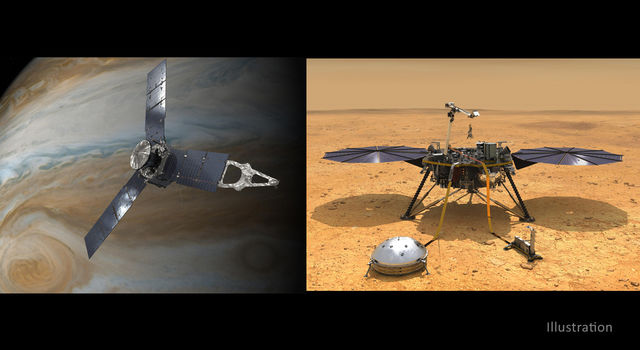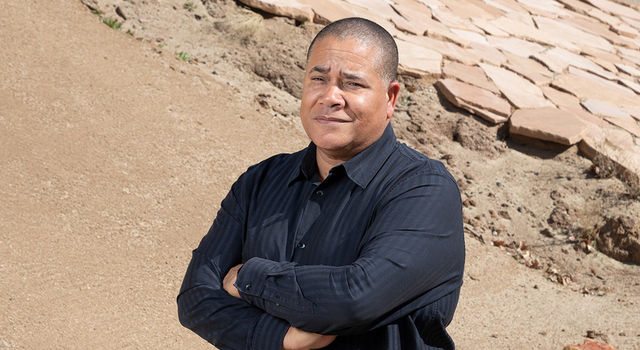Blogs | Slice of History | May 1, 2014
Advanced Lunar Studies Field Test
The last of the Surveyor lunar landers, Surveyor 7, was launched on January 7, 1968, and operated on the surface of the moon for about six weeks. Later that year, additional geoscience studies were carried out in the Mojave Desert using a spare surface sampler arm. A four-wheel-drive camper truck simulated an automated rover and was used to study the procedures and equipment necessary for remote geoscience. The truck was equipped with various sampler instruments, four TV cameras mounted on the top of the vehicle and one portable TV camera. Inside the camper was a simulated Space Flight Operations Center, with TV monitors, controllers for the cameras and instruments, and recording equipment. The field test observer (sitting in the camper) would survey the geology of the test area and carry out sampling operations remotely. Ritchie Coryell (System Design and Integration Section), Roy Brereton (Advanced Studies Office) and Earle Howard (Lunar and Planetary Instruments Section) all worked on this field test program.
This post was written for “Historical Photo of the Month,” a blog by Julie Cooper of JPL's Library and Archives Group.
TAGS:HISTORY, SURVEYOR, TESTING, MISSIONS, SPACECRAFT, EARTH'S MOON, SOLAR SYSTEM







